Choosing a dog when you or a family member suffer from allergies can be challenging. Hypoallergenic dog breeds are a great option for allergy sufferers because they produce fewer allergens and shed less hair. Some of these breeds include the brave and comical Affenpinscher, the confident and loyal Giant Schnauzer, and the affectionate Coton de Tulear.

These breeds feature unique coats and qualities that minimize allergic reactions. The Lakeland Terrier has a tough, wiry, and low-shedding coat that makes it ideal for active owners. Similarly, the Portuguese Water Dog and the Chinese Crested also produce fewer allergens and require regular grooming.
Understanding the specific needs and characteristics of hypoallergenic breeds will help you find the perfect fit for your lifestyle. Whether you prefer smaller dogs like the Miniature Schnauzer or larger ones, there's a variety of options to suit every household.
Understanding Hypoallergenic Dog Breeds
Hypoallergenic dog breeds are often favored by those who experience allergies but still wish to own a pet. These breeds tend to produce fewer allergens like dander, hair, and saliva.
What Makes a Dog Hypoallergenic?
Hypoallergenic dogs are not completely free of allergens but are known to produce fewer allergens compared to other breeds. The primary allergens involved are proteins found in the dog's saliva, urine, and dander.
When dogs shed their fur, these proteins are carried into the environment. Low-shedding breeds or those with hair rather than fur release fewer allergens into the air, making them more suitable for people with allergies. It's crucial to understand that individual reactions may vary, and spending time around a breed before making a decision is recommended.
Common Characteristics of Hypoallergenic Dogs
Hypoallergenic breeds often have a coat that is either curly, wiry, or grows continuously, which helps contain shedding. This characteristic minimizes the spread of dander.
Examples of hypoallergenic breeds include Poodles, Schnauzers, and the Portuguese Water Dog. These breeds often require regular grooming to manage their coats effectively. Consistent grooming and bathing can further reduce the presence of allergens, making it easier for allergic individuals to coexist with their pets.
Another feature is that these breeds tend to have a single coat rather than a double coat, which also contributes to less shedding. For those with severe allergies, breeds with such characteristics can significantly improve their quality of life while allowing them the joy of pet ownership.
Popular Hypoallergenic Dog Breeds
Hypoallergenic dog breeds are ideal for people with allergies, as they produce fewer allergens than other dogs. These breeds are available in a range of sizes, from toy and small breeds to medium and large breeds.
Toy and Small Breeds
Bichon Frise is a small, fluffy breed known for its cheerful disposition and hypoallergenic qualities. They are friendly, easy to train, and their coat is less likely to shed.
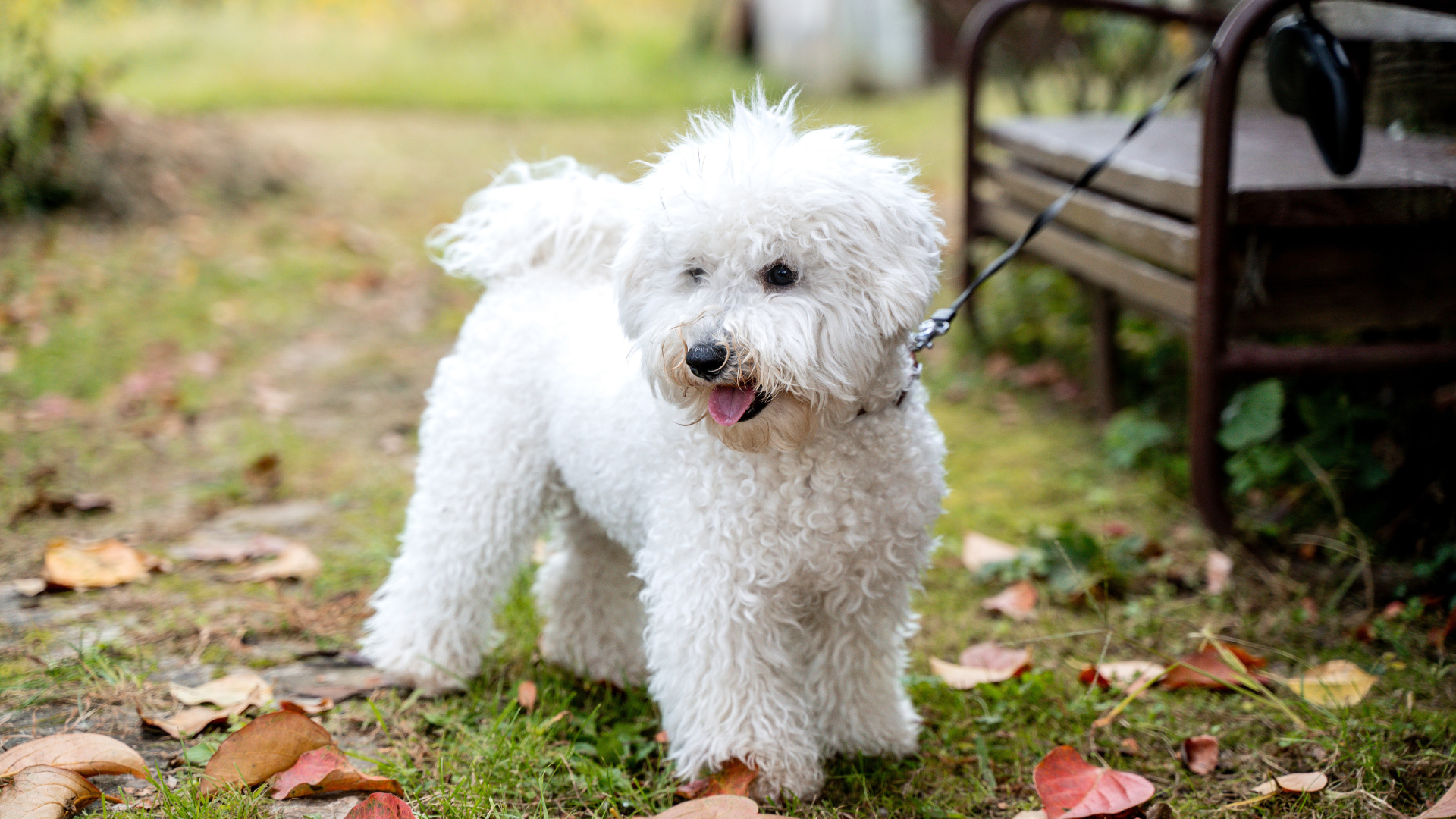
Yorkshire Terrier is another small breed with a fine and silky coat. This breed is popular for its spirited personality and its low likelihood of triggering allergies.
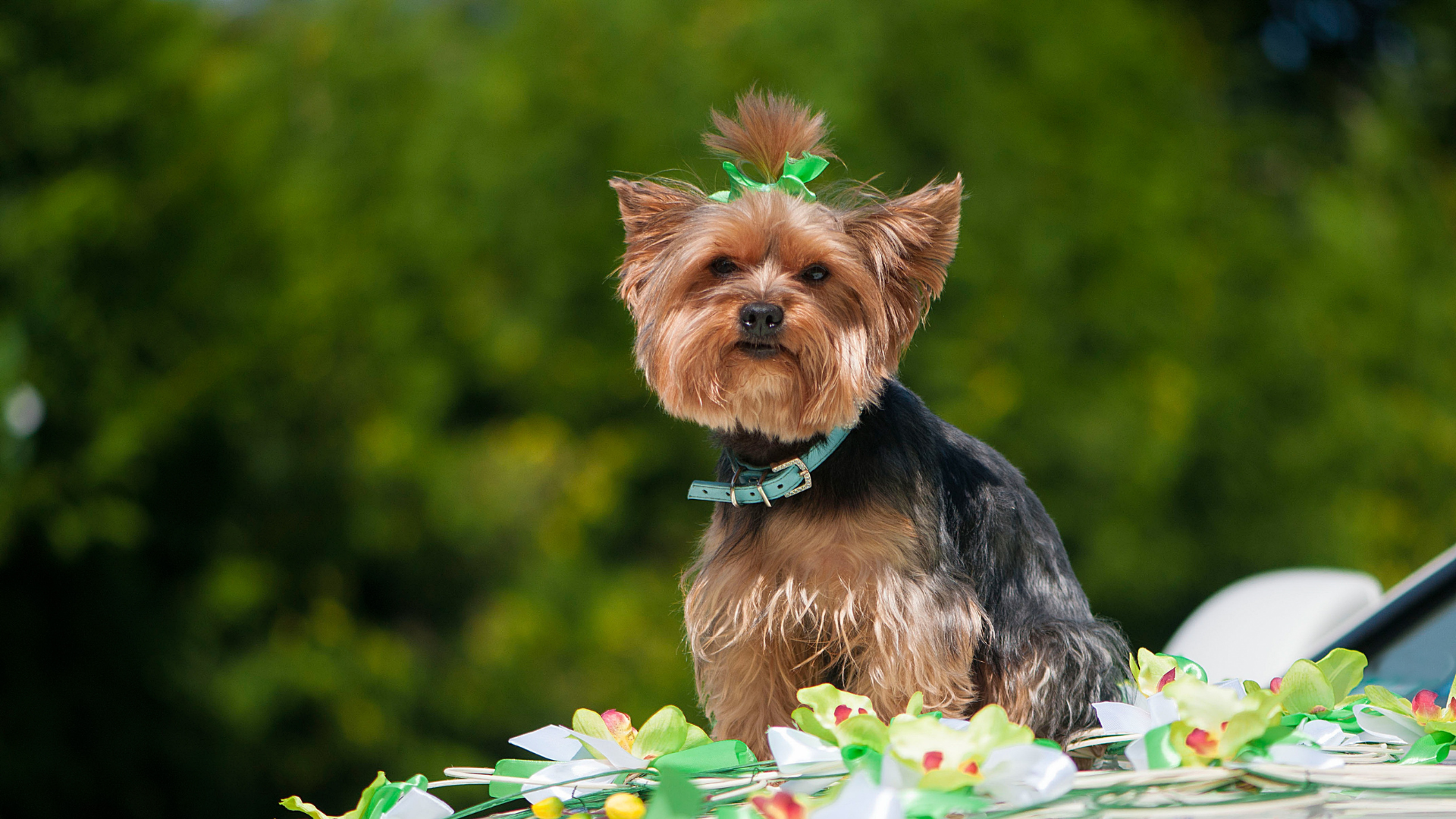
Maltese dogs are known for their long, straight, and white coats. They are gentle, playful, and make great companions for those with allergies.

Miniature Schnauzers have wiry coats that require regular grooming but are less likely to shed, making them a good choice for allergic individuals.
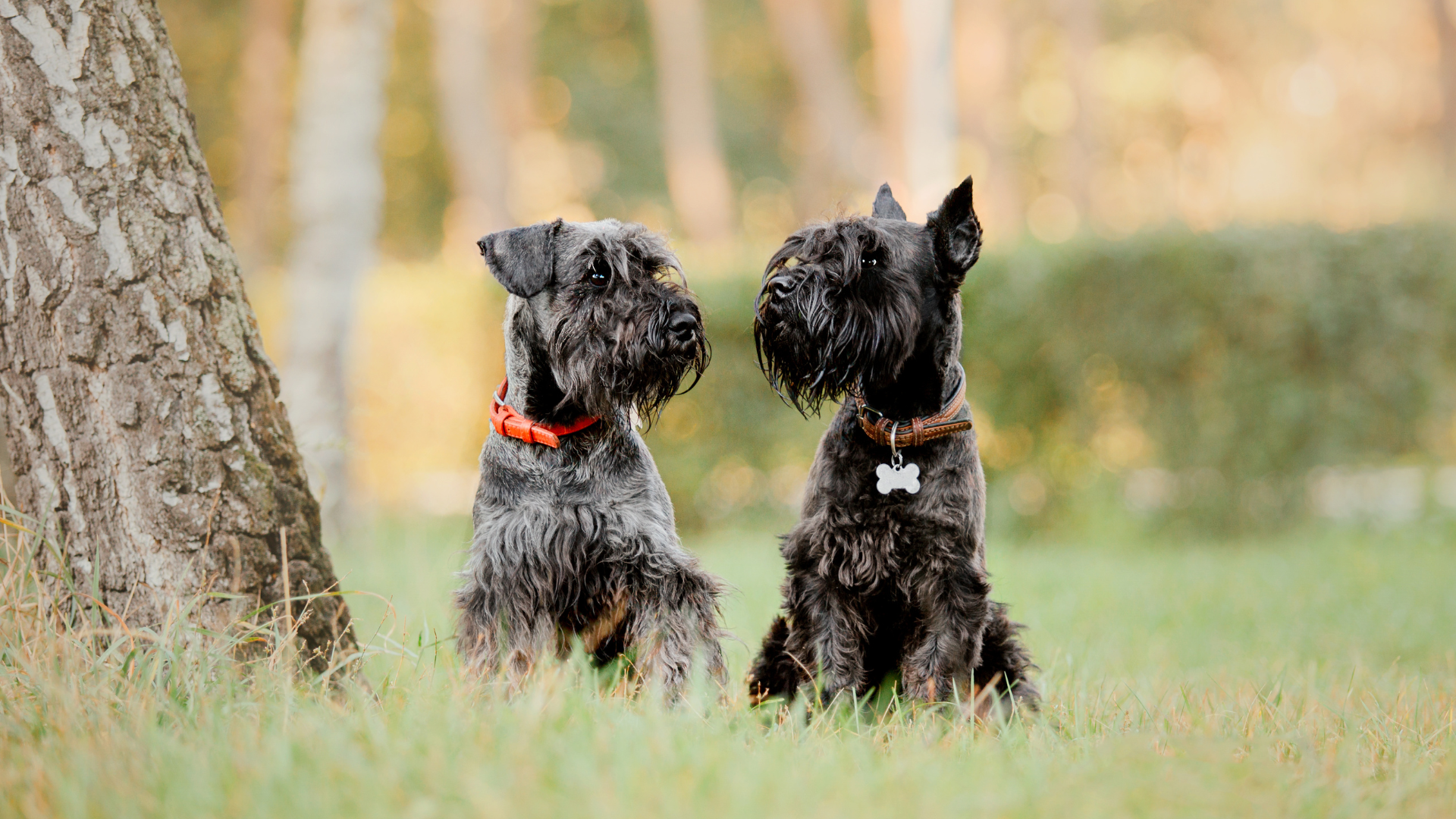
Chinese Crested dogs, available in both hairless and powderpuff varieties, are well-suited for people with allergies due to their minimal shedding.

Medium and Large Breeds
Standard Poodles are highly intelligent and versatile dogs known for their hypoallergenic coats. They require regular grooming to maintain their curls.

Portuguese Water Dogs are medium-sized and have curly, waterproof coats. They are energetic, loyal, and less likely to trigger allergic reactions.
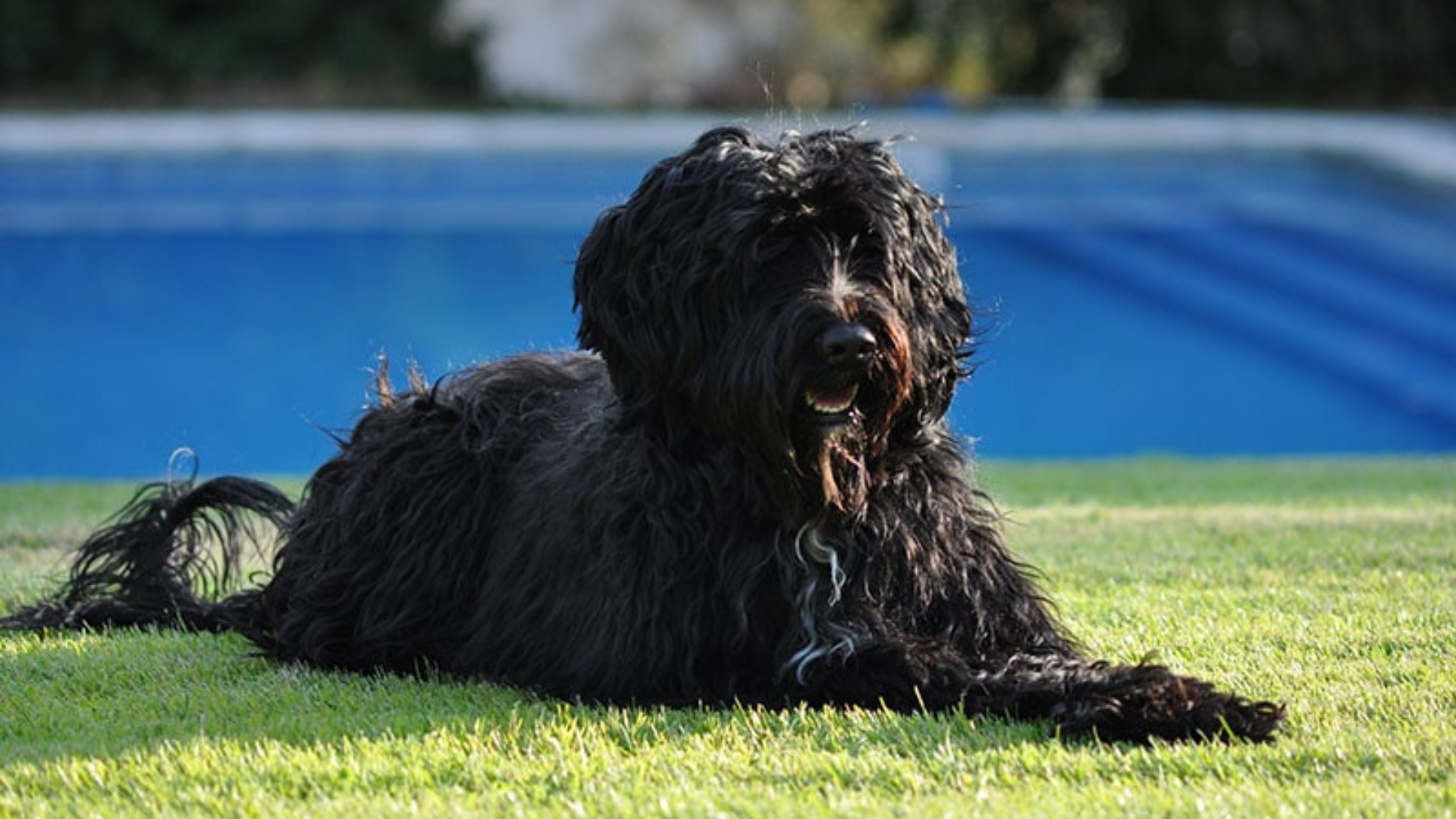
Giant Schnauzers have a dense and wiry coat that sheds minimally. They are powerful, protective, and require consistent grooming to keep their coat in good condition.
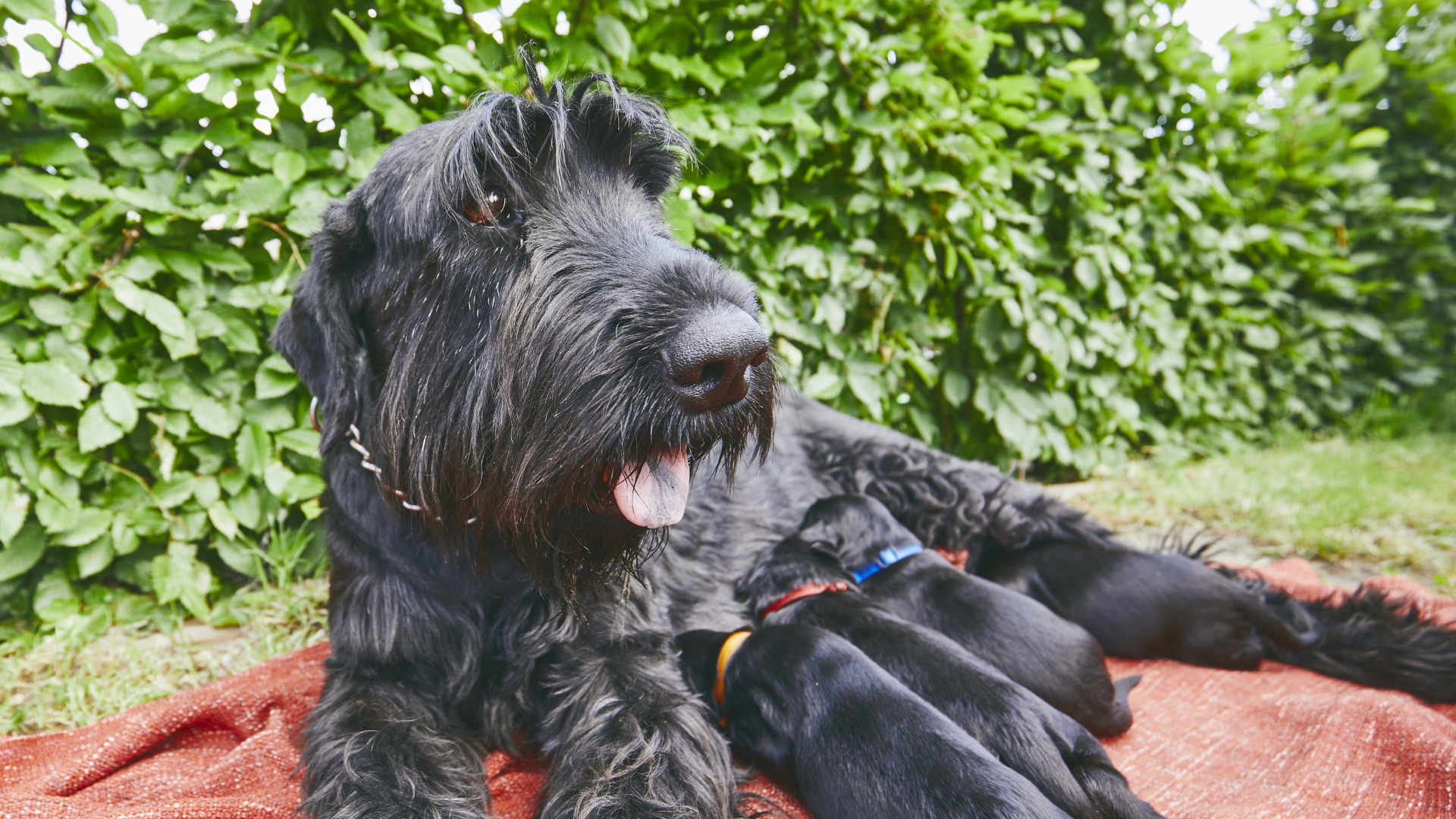
Irish Water Spaniels are known for their curly, waterproof coats and playful nature. They are a favorite among those with allergies due to their low shedding.
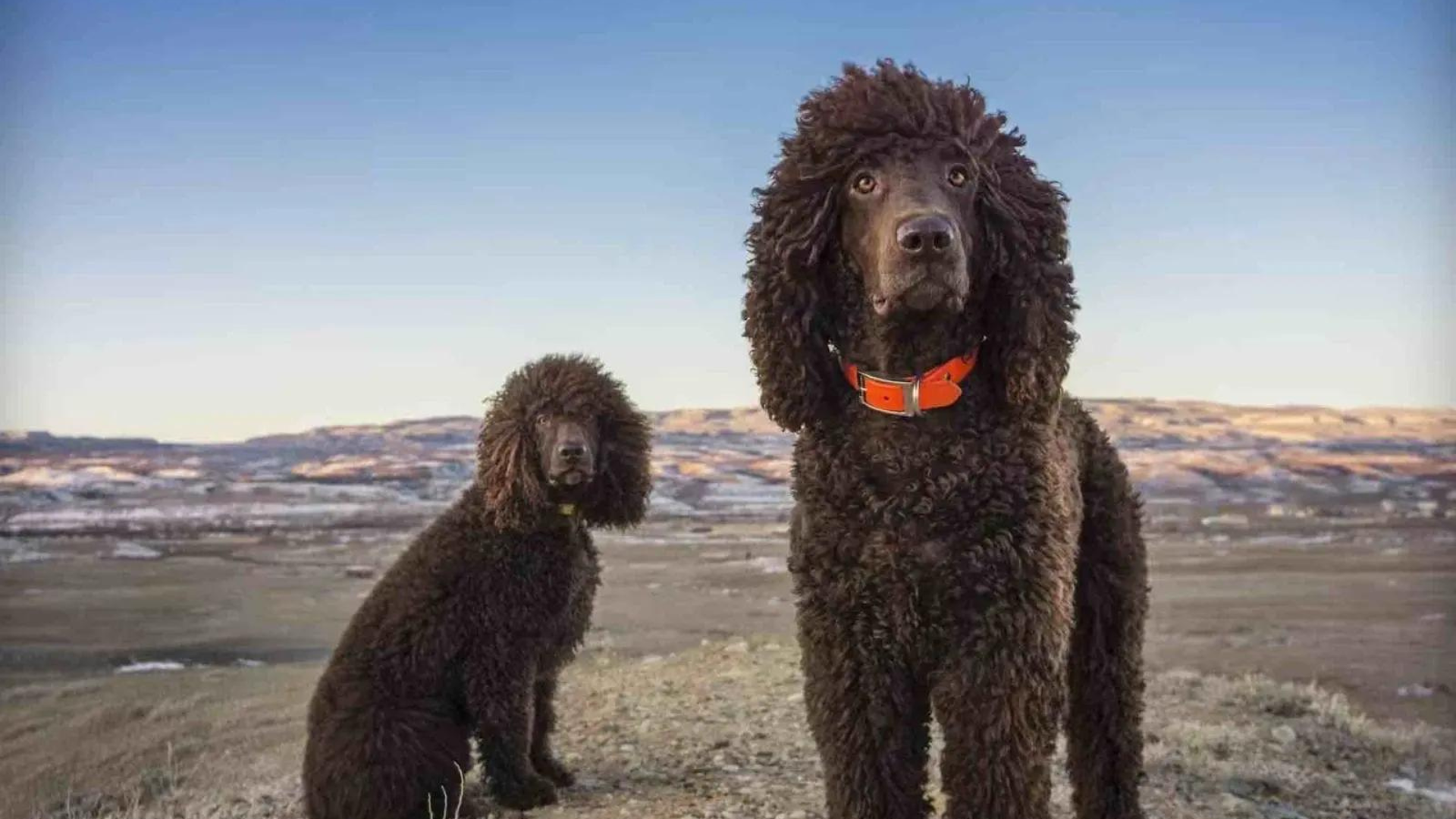
Soft-Coated Wheaten Terriers have a silky, wavy coat that requires regular grooming but sheds very little.
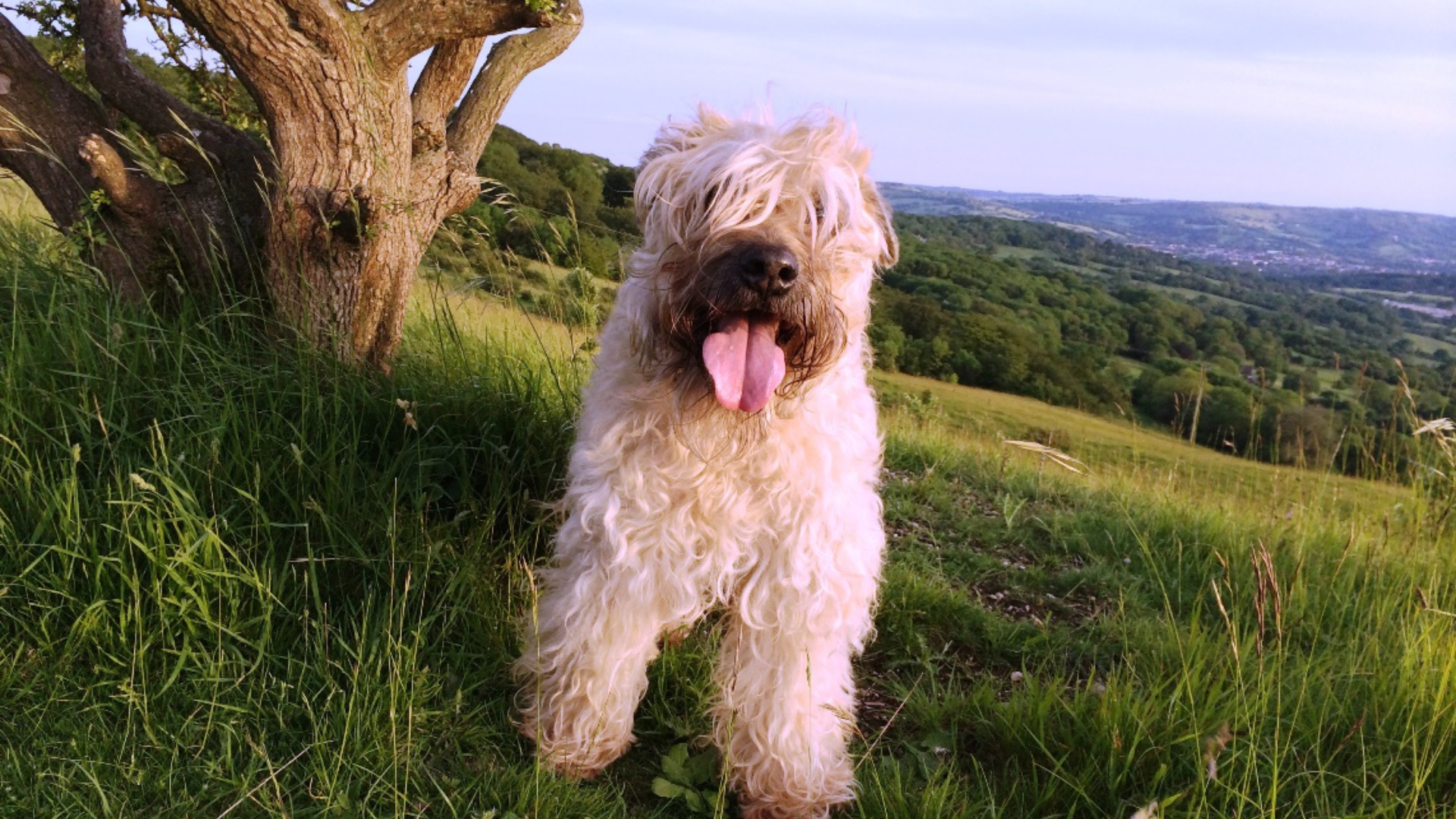
Lagotto Romagnolo dogs have a dense, curly coat and are renowned for their truffle-hunting abilities. They are friendly, energetic, and suitable for families with allergies.
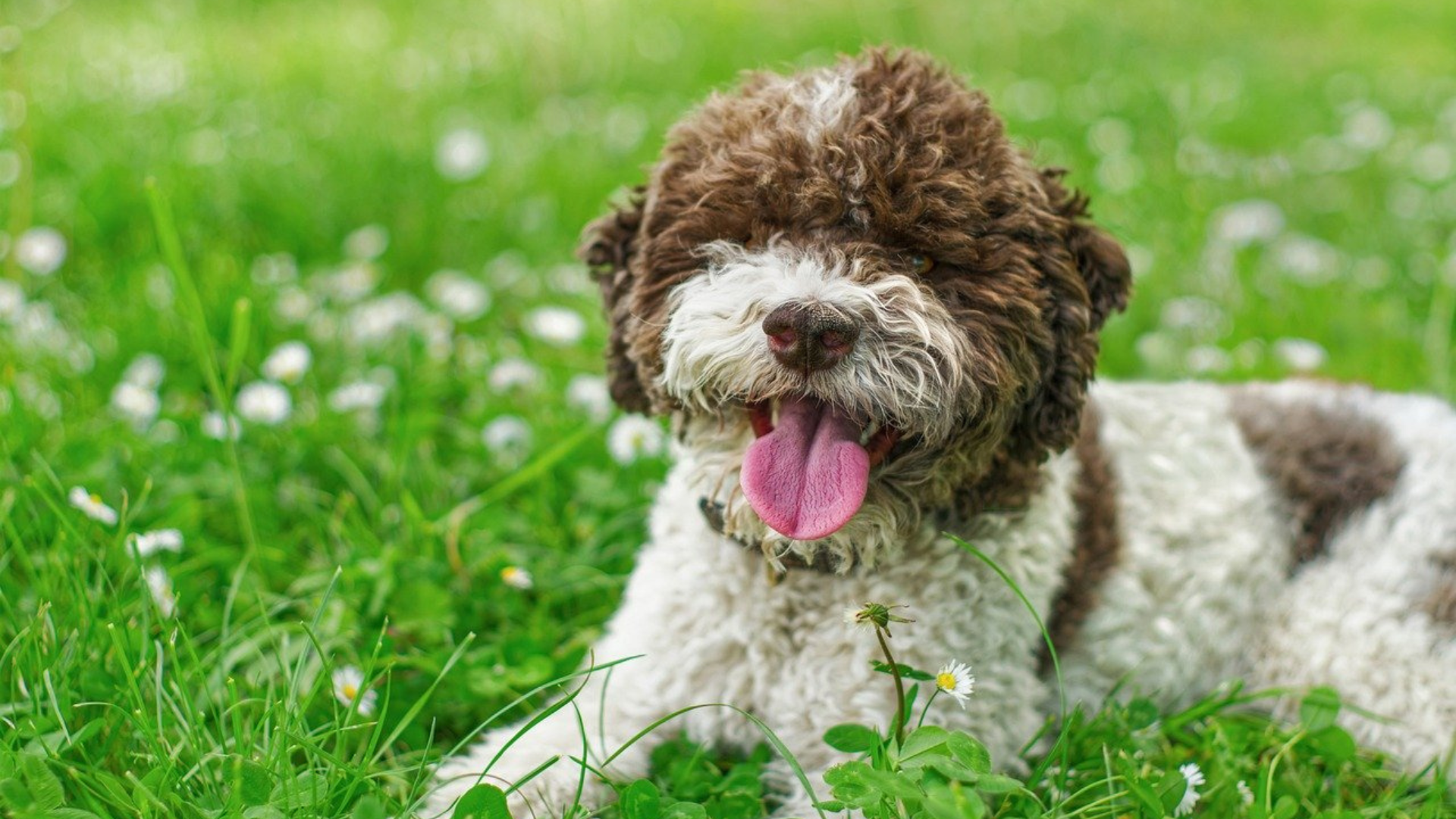
Managing Allergies with Hypoallergenic Dogs
Choosing the right hypoallergenic dog can significantly reduce allergy symptoms. From practical household tips to professional medical advice, managing allergies becomes more feasible.
Reducing Exposure to Allergens
Reducing exposure to allergens begins with maintaining a clean environment. Hypoallergenic dogs such as Poodles and Bichon Frises produce less dander and shed minimally, decreasing the amount of allergens like pet hair circulating in the home. Regular grooming and bathing of these low-shedding breeds help minimize dander.
Using a HEPA vacuum cleaner can capture fine dander particles, keeping your living space allergen-free. Wash dog bedding frequently and avoid letting pets on furniture. Implementing these measures can reduce the risk of an allergy attack.
Monitoring your pet’s health is crucial, as conditions like dry skin or drool can exacerbate allergies. Consult a vet for appropriate skin care products to keep your hypoallergenic dog's coat healthy and less likely to shed irritants.
Allergy Testing and Management
Before committing to pet ownership, consulting an allergist is advisable for customized allergy testing. Knowing specific triggers helps in selecting the most suitable hypoallergenic dog breed. Tests can pinpoint whether it’s dog fur, dander, or saliva causing sneezing or other symptoms.
Once allergies are identified, using prescribed allergy medications can help manage symptoms effectively. Desensitization therapy, or allergy shots, may also be recommended for severe dog allergies.
Medications combined with practical measures like grooming will make pet ownership more manageable for sensitive individuals. Regular visits to the allergist ensure that the chosen strategies are working, adjusting treatments as necessary to maintain a comfortable living environment with your hypoallergenic canine companion.
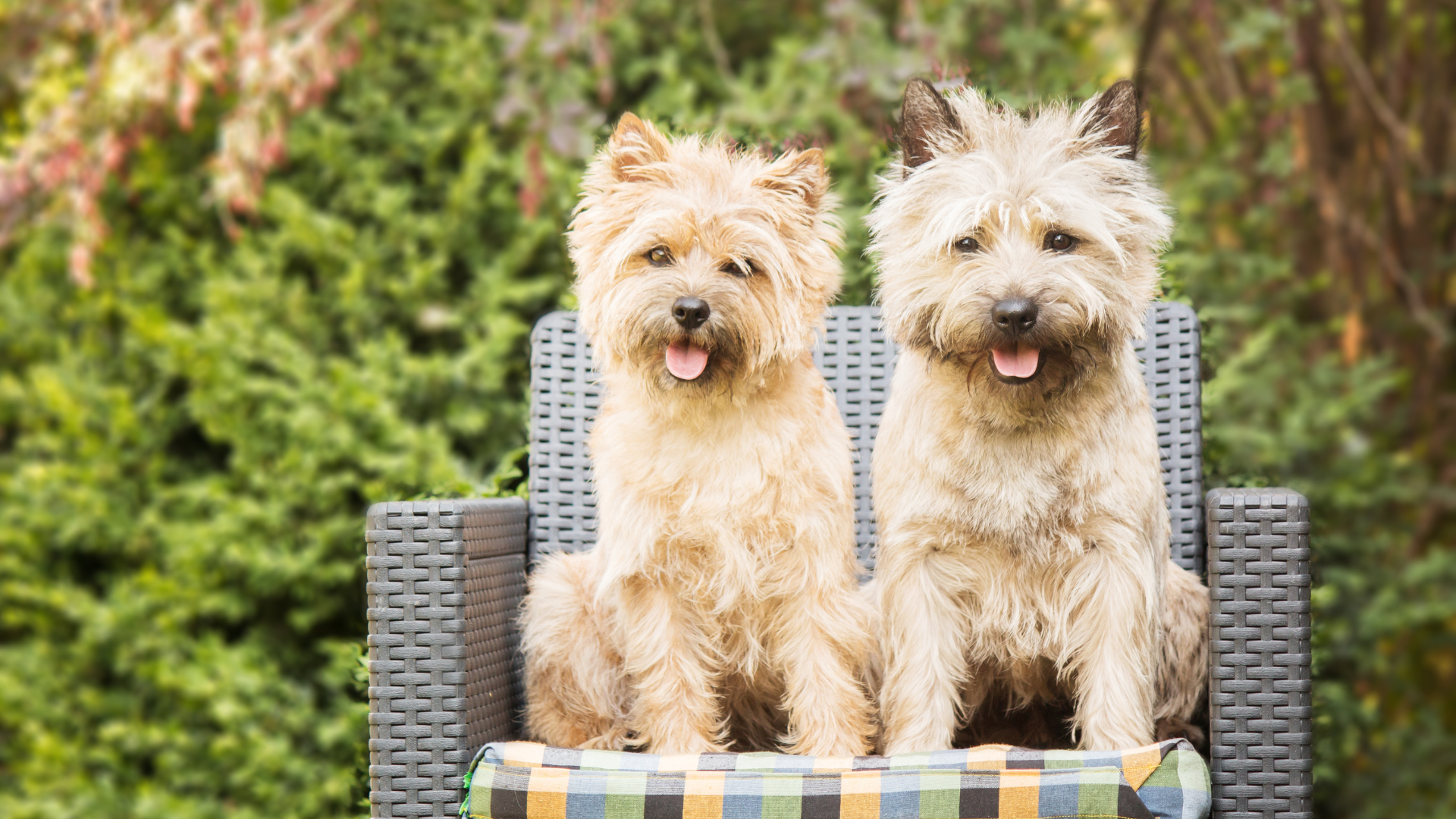
Care and Maintenance of Hypoallergenic Dogs
Achieving a healthy and comfortable environment for hypoallergenic dogs involves regular grooming and a balanced diet. Attention to specific needs is essential to minimize allergen exposure and maintain overall health.
Grooming Requirements
Hypoallergenic dogs typically have coats that shed very little, making them ideal for allergy sufferers. Regular grooming helps control the amount of dog dander and loose fur spread around the home.
Many hypoallergenic breeds, such as the Poodle and Portuguese Water Dog, have curly or wavy coats that can mat easily. Daily brushing is necessary to prevent tangles and matting. Using a fine-toothed comb can help remove loose fur and reduce shedding. Trimming the coat every six to eight weeks is also recommended to maintain a manageable length.
Dogs with wiry coats, like the Lakeland Terrier, require less frequent but specific grooming, such as hand stripping, to remove dead fur and maintain coat texture. Bathing hypoallergenic dogs every month with a mild, hypoallergenic shampoo can also help reduce allergens like dog saliva and dander from building up on their fur.
Diet and Health
A balanced diet is crucial for maintaining the health of hypoallergenic dogs. These dogs often require high-quality, protein-rich food to support their unique coat and skin needs.
Providing omega-3 and omega-6 fatty acids through supplements or specific dog foods can enhance coat health and reduce shedding and dander. Regular veterinary check-ups are vital to monitor the health of hypoallergenic dogs. It is important to watch for signs of skin conditions, as these can increase dander production.
Additionally, ensuring your dog has plenty of access to fresh water helps keep their skin hydrated and reduces flakiness. For dogs prone to food allergies, a hypoallergenic diet may also be necessary to avoid reactions that can exacerbate skin and coat issues.
Choosing the Right Hypoallergenic Dog for You
Selecting a hypoallergenic dog involves considering your lifestyle and finding a reputable adoption source or breeder. It's essential to match a breed's characteristics with your personal circumstances.
Considering Your Lifestyle
Your activity level and living situation play a significant role in choosing the right hypoallergenic dog.
For active individuals, a Lakeland Terrier with its tough, wiry, and low-shedding coat may be ideal. This breed requires ample exercise and engagement. On the other hand, those with limited space or lower activity levels might prefer smaller breeds like the Teacup Maltese, which requires less exercise and space.
Families should also consider hypoallergenic breeds that are known to be good with children, such as the Irish Water Spaniel, which is lively and playful.
Additionally, the grooming needs of different breeds can vary significantly. Breeds with curly or dense coats like the Goldendoodle may require more frequent grooming compared to others.
Adoption and Breeders
Finding a reliable source for your hypoallergenic canine companion is crucial.
Adopting from a shelter can be a wonderful option, as many hypoallergenic breeds are available through these channels. It's essential to visit potential pets and interact with them to ensure compatibility.
If you opt for a breeder, ensure they are reputable and ethical. They should provide detailed health histories and allow you to meet the puppies’ parents. For example, breeders specializing in hypoallergenic breeds like the Miniature Schnauzer often have established practices to ensure the health and well-being of their dogs.
It's also wise to join breed-specific groups and forums for recommendations and advice. This can lead to finding established breeders with good reputations.
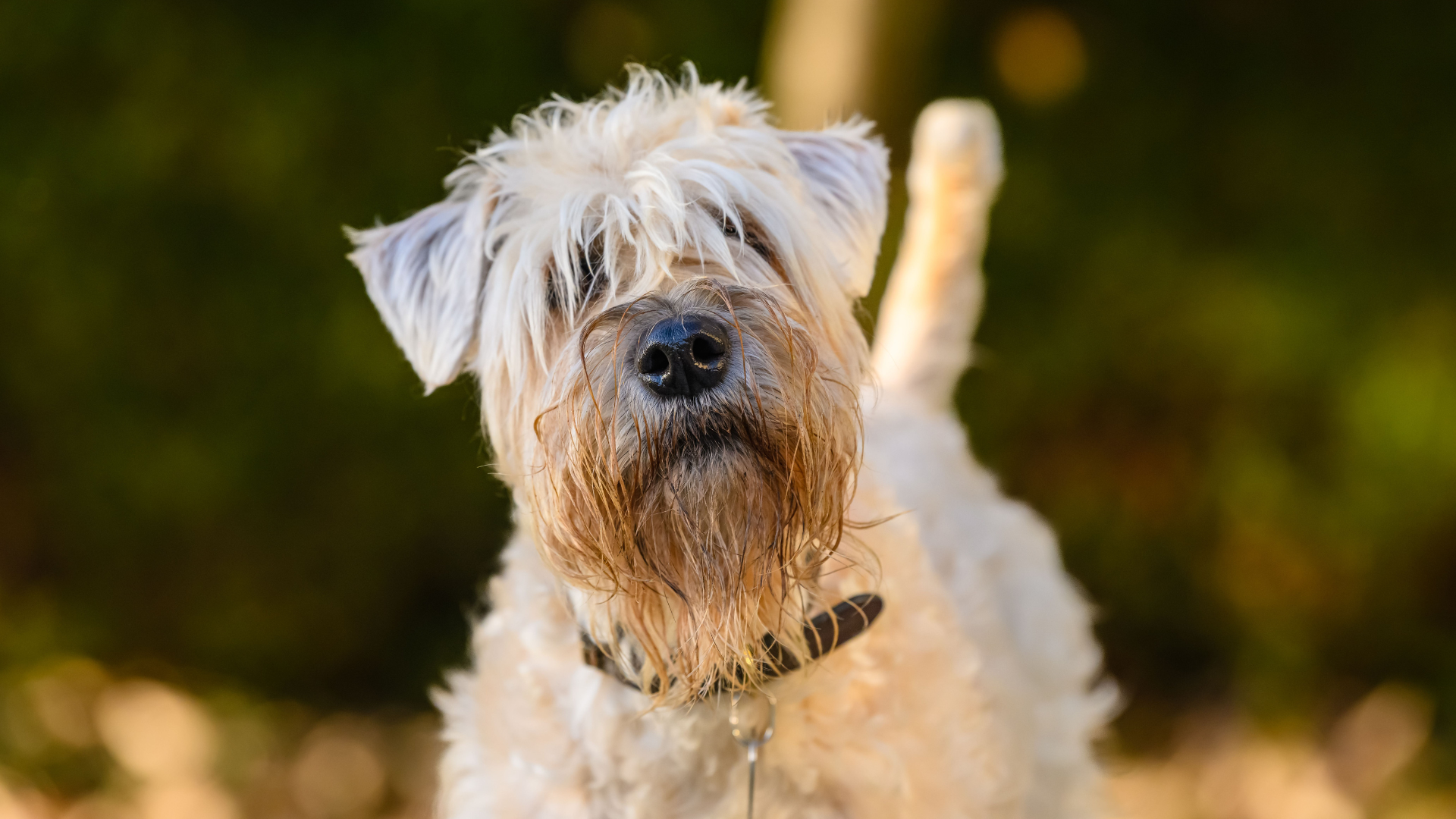
Frequently Asked Questions
Hypoallergenic dog breeds are often preferred by individuals with allergies. This guide addresses common questions about the traits, sizes, and functionalities of these breeds, as well as their maintenance requirements.
- What characteristics define hypoallergenic dog breeds?
- Hypoallergenic dog breeds typically have coats that produce less dander and shed minimally. These breeds often have hair instead of fur, which traps allergens and reduces their spread. Regular grooming and maintenance help keep these allergens at bay.
- Which medium-sized dog breeds are considered hypoallergenic?
- Medium-sized hypoallergenic dogs include breeds such as the Portuguese Water Dog and the Soft Coated Wheaten Terrier. These dogs weigh between 30 to 60 pounds and are known for their minimal shedding and allergy-friendly coats.
- What are the most suitable hypoallergenic dogs for families?
- Family-friendly hypoallergenic dogs include breeds like the Poodle (all sizes), the Coton de Tulear, and the Kerry Blue Terrier. These dogs are known for their gentle temperaments and are good with children. Their coats require regular grooming to stay hypoallergenic.
- Can hypoallergenic dog foods reduce allergies in sensitive individuals?
- Hypoallergenic dog foods are formulated to minimize allergens and may contain novel proteins or limited ingredients. Such diets can help reduce allergic reactions in both dogs and sensitive individuals, but consultation with a vet is recommended to choose the right food.
- What low-maintenance dogs are also hypoallergenic?
- The Giant Schnauzer and the Boston Terrier are examples of low-maintenance hypoallergenic dogs. These breeds have minimal grooming needs compared to others but still require regular brushing to maintain their hypoallergenic properties.
- What options are available for hypoallergenic dogs that are good for hunting?
- For hunting enthusiasts, the Irish Water Spaniel and the Lagotto Romagnolo are excellent hypoallergenic options. These breeds have curly coats that reduce shedding and are known for their strong hunting instincts and high energy levels.




